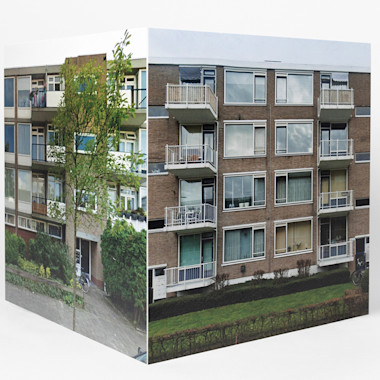GoCI: Collaboration for Impact
Identical Strangers
The documentary Identical Strangers (2018) tells the tragic story of a social science experiment in postwar New York in which newborn triplets were separated and placed for adoption with poor or wealthy families. In the documentary, you see how triplets encounter each other later in life - and from there unravel the web of the social experiment to which they were subjected. The brothers immediately become a media sensation, as they share many similarities despite their very different upbringings. They are strangers to each other, yet somehow identical. They are identical strangers.
Much less gruesome is the similar situation in our post-war housing stock. A significant number of houses were built between about 1965 and 1990. This was a time of enormous housing shortage, but also a time of a new industrial way of building. Parts of houses were made in the factory and assembled on the building site. This allowed for cost-efficient construction and reduced the need for skilled labor. Architectural firms worked closely with construction companies and contractors to build this way. As a result, many houses look alike, inside and out. But who, where and when built them is largely unknown. Hypothetically, hundreds of thousands of houses could be "identical strangers.



